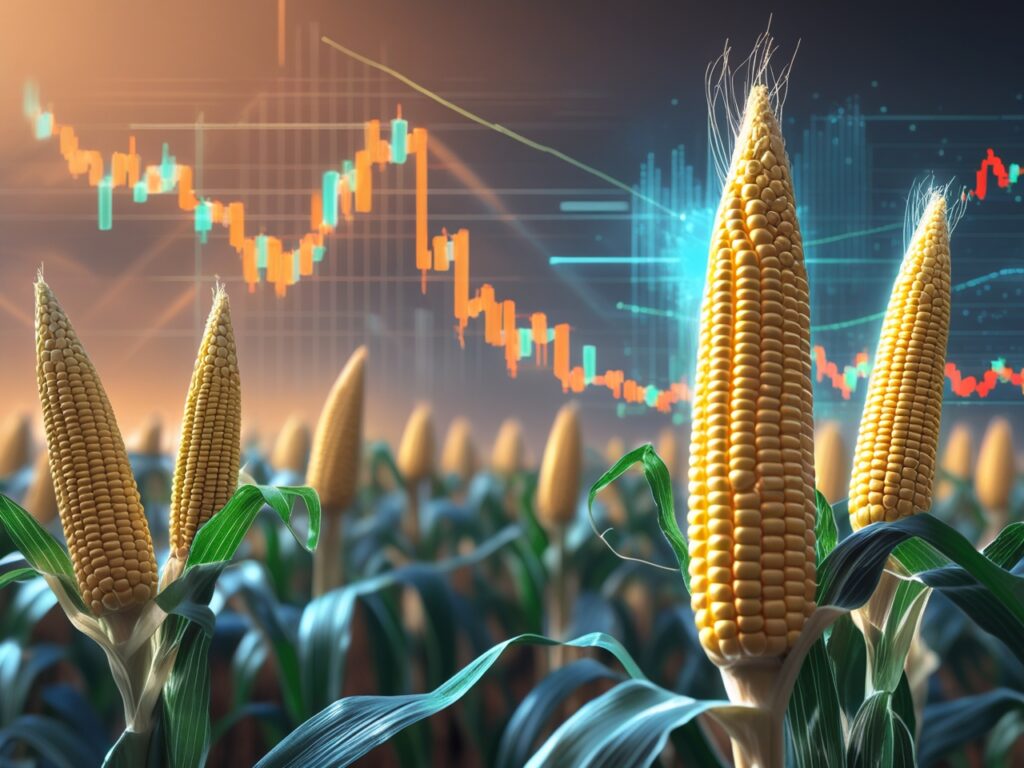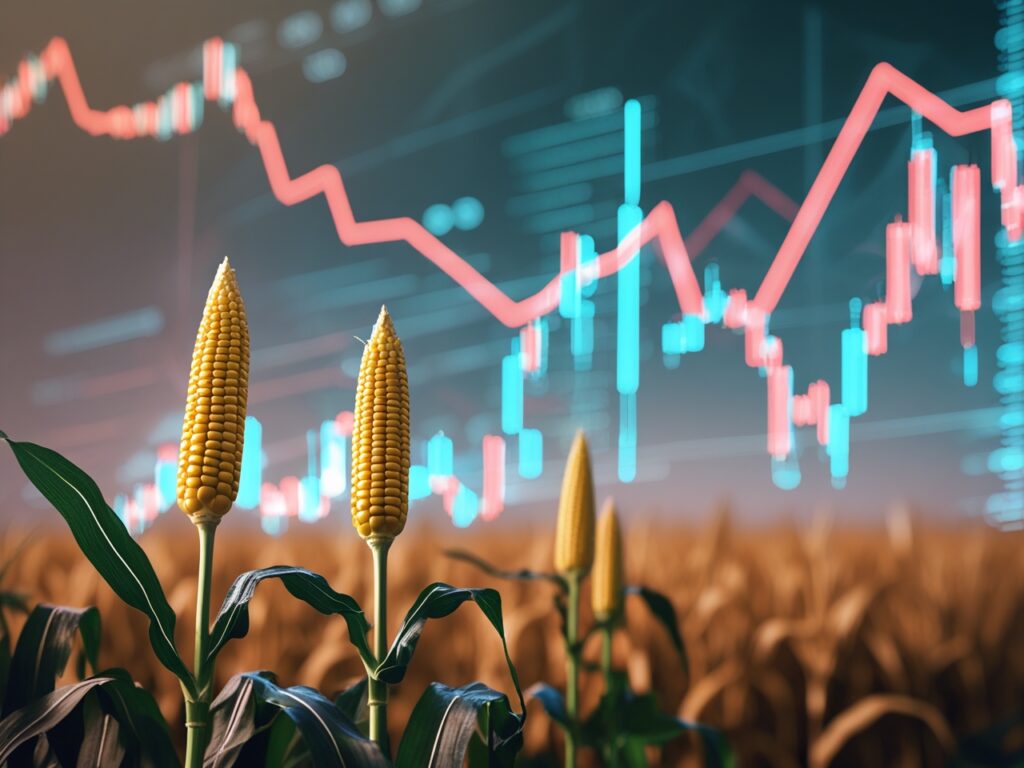
KEY TAKEAWAYS
- Soft commodities encompass agricultural and livestock products whose prices are driven by weather, seasonality, and supply chains.
- Strategies include directional bets, calendar spreads and hedges via futures, options or CFDs.
- Risk management hinges on controlling weather exposure, counterparty credit and using options for protection.
- Compared to hard commodities, these markets feature unique seasonality patterns and certification requirements that influence pricing.
- ESG regulations and trade policies add another layer of complexity—sustainability credentials can command premium pricing.
WHAT ARE SOFT COMMODITIES?
Defining Agricultural and Livestock Products
Soft commodities refer to goods produced by farming or ranching—think coffee beans, cocoa pods, sugar cane, cotton bales or dairy and meat products. These raw materials underpin daily consumption and industrial uses, from your morning espresso to textile production.
Characteristics That Drive Their Prices
Unlike mined or extracted resources, agricultural outputs are exposed to climate variability, pests, planting and harvest cycles. A single frost, drought or logistical disruption can trigger outsized price swings. Demand sensitivity—driven by consumer habits or global trade—adds an extra layer of volatility.
EXAMPLES OF SOFT COMMODITIES
Coffee and Cocoa
Two of the world’s most traded agricultural goods. Coffee prices react sharply to rainfall patterns in Brazil, while cocoa often tracks political developments in West Africa.
Sugar and Cotton
Sugar futures mirror biofuel policies and harvest yields, whereas cotton prices reflect both apparel demand and planting choices driven by government subsidies.
FCOJ, Lumber and Other Crops
Frozen Concentrated Orange Juice (FCOJ) captures the citrus market’s seasonality, while soft lumber contracts can serve as proxies for housing construction cycles.
WHY TRADE SOFT COMMODITIES?
Portfolio Diversification Benefits
Adding agricultural products can reduce overall portfolio volatility, since their price behavior often diverges from equities and fixed income.
Seasonal Patterns and Weather-Driven Volatility
Seasonal supply and demand cycles offer repeatable patterns—planting seasons might create recurring price lows, while harvest periods can unleash rallies. Traders can exploit these rhythms with calendar spreads or time-based strategies.
HOW SOFT COMMODITIES MARKETS OPERATE
Physical vs. Financial Markets
- Physical markets involve actual delivery of goods; quality, grade and storage costs matter.
- Financial markets (futures, options, CFDs) settle in cash, letting participants gain exposure without handling shipments.
Major Exchanges and Settlement Mechanisms
Contracts trade on platforms like ICE and CME. Settlement may occur via:
- Physical delivery (e.g., warehouse receipts for cotton)
- Cash settlement (common for dairy or sugar contracts)
- Certificate delivery (for certified “green” or sustainably sourced crops)

TRADING STRATEGIES FOR SOFT COMMODITIES
Trend and Seasonal Approaches
Riding extended up- or down-trends can capture macro factors such as El Niño or planting decisions. Seasonal charts help pinpoint optimal entry and exit windows.
Spread and Arbitrage Techniques
- Calendar spreads: Long a near-month, short a far-month to play carry or seasonality.
- Inter-commodity spreads: Exploit relative moves (e.g., cotton vs. sugar) when historical correlations diverge.
Leveraging Futures, Options and CFDs
- Futures deliver high liquidity and transparency.
- Options allow capped-risk positions—use puts to guard against a sudden supply glut.
- CFDs grant smaller margin requirements and flexible position sizing without owning the underlying.
RISK MANAGEMENT TECHNIQUES
Hedging Weather and Supply Risks
Use options or commodity swaps linked to weather indices (e.g., rainfall futures) to offset unexpected crop losses.
Using Options for Downside Protection
Buying puts on futures contracts can limit losses if prices plunge—while upside remains uncapped.
Managing Credit and Counterparty Exposure
Diversify brokers and clearing houses, and monitor collateral levels to avoid being caught in a default event during extreme market stress.
SOFT COMMODITIES VS HARD COMMODITIES
| Feature | Soft Commodities | Hard Commodities |
| Primary Sources | Farms, ranches | Mining, drilling |
| Seasonality | Highly seasonal (plant/harvest) | Less pronounced |
| Sensitivity Drivers | Weather, pests, crop yields | Geopolitical events, supply disruptions |
| Certification/ESG Impact | Organic, fair trade premiums | Environmental permits, emissions regulations |
| Delivery Mechanics | Grading, storage, perishability | Warehousing, bulk shipping |
REGULATORY AND ESG CONSIDERATIONS
Impact of Trade Policies and Subsidies
Tariffs, quotas and farm support programs can distort prices. Staying abreast of legislative changes—such as biofuel mandates—helps traders anticipate policy-driven moves.
Sustainability, Certification and Ethical Sourcing
Green certifications (Rainforest Alliance, Fairtrade) often trade at a premium. Understanding the cost of compliance and consumer demand for ethically produced goods can reveal additional trading angles.
CONCLUSION: OPPORTUNITIES AND CHALLENGES
Trading agricultural and livestock commodities offers distinct avenues for profit through seasonality, trend adherence and hedging solutions. Yet these markets also demand specialized risk controls—weather hedges, counterparty diligence and a keen eye on regulatory shifts. For disciplined participants, soft goods can enhance diversification and deliver unique returns.
FAQs ABOUT SOFT COMMODITIES TRADING
What Impacts Soft Commodity Prices Most?
Weather events, planting acreage shifts and supply-chain bottlenecks are the chief drivers.
How Do I Begin Trading Soft Commodities?
Start with a reputable broker offering futures, options or CFDs on major soft goods, and use small position sizes or demo accounts to learn market rhythms.
Which Soft Commodities Exhibit the Highest Volatility?
Products with narrow growing regions—like cocoa and coffee—can swing dramatically on climatic or political news, making them among the most volatile agricultural contracts.
